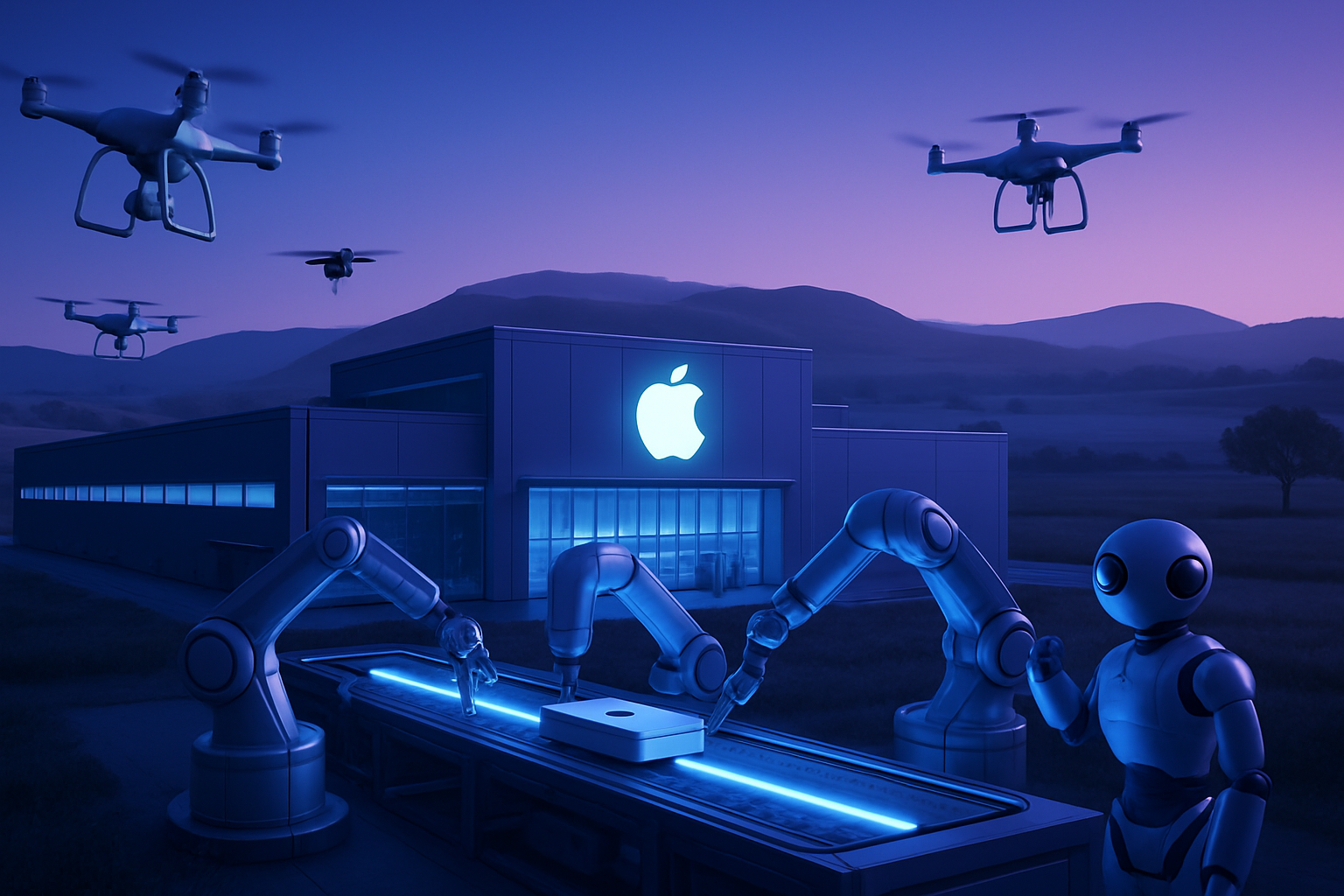The manipulation of medical images is becoming an ever-present peril, made accessible by the proliferation of smartphones. Generative artificial intelligence enables anyone to transform medical images without prior technical training. _This democratization raises crucial ethical questions about the integrity of medical information_.
Modifying a brain MRI, for example, illustrates the ease of such a practice. _These alterations compromise the reliability of diagnoses and treatments_. The possibility of data falsification highlights an unprecedented challenge for the medical sector and for patient safety.
The manipulation of digital medical images: a risk accessible to all
Modern technology allows anyone to modify medical images using sophisticated smartphones. This phenomenon poses a serious threat to the integrity of medical information. Artificial intelligence tools can transform medical images in just a few clicks. Recent devices, such as Samsung S23 smartphones or iPhones 16 and above, make this manipulation accessible to a wide audience.
Revealing cases of falsification
Professionals such as Augustin Lecler, a radiologist at the Adolphe de Rothschild Foundation hospital, have demonstrated this troubling capability. By photographing brain MRIs on his screen, he was able to erase visible pathologies. The act of modifying a radiology image can be done with disconcerting simplicity; this raises fundamental ethical questions about the truth of medical data.
History and resonance of image manipulation
Fraud using medical images is not a new phenomenon. Doctors have already retouched medical photographs in the 1970s to falsify diagnoses. Current techniques, based on artificial intelligence, now make this manipulation more formidable. With simple applications, users can easily alter images without any technical expertise.
The stakes of misinformation
Manipulating medical images raises real concerns. The consequences go beyond the academic realm. Individuals could defraud clinical trials by embellishing visual results or, even more concerning, falsifying medical records. This malicious use could benefit various scams, ranging from concealing diseases to abuses in legal contexts.
Solutions and prevention
Protecting medical data from this threat requires heightened vigilance. Image verification systems must be established to ensure their authenticity. The addition of watermarks and digital certificates is necessary, even if these protections are not always sufficient. Raising awareness about this issue among healthcare professionals and patients plays a vital role in limiting risks.
Conclusion on the future of medical images
Reflecting on the impact of medical image manipulation goes beyond simple technological analysis. Stakeholders in the medical and technology sectors must collaborate against this challenge. The speed at which information can circulate necessitates prompt action to ensure data integrity.
Frequently asked questions about the manipulation of digital medical images
What is the manipulation of digital medical images?
It involves the use of software and digital tools to modify medical images, such as MRIs or X-rays, often using artificial intelligence, which may include unauthorized or fraudulent modifications.
What are the risks associated with manipulating medical images using a smartphone?
The main risks include misinformation, falsification of diagnoses, compromise of medical records, and threats to data integrity, which can have serious consequences for patients and healthcare professionals.
How does a smartphone allow for the manipulation of medical images?
Modern smartphones, equipped with artificial intelligence applications, enable users to modify medical images with a few gestures, without any required technical expertise, making this manipulation accessible to everyone.
What is the importance of regulation regarding the manipulation of medical images?
Regulation is essential to ensure the integrity of medical data, protect patients from misinformation, and maintain trust in the healthcare system. Without regulation, abuses can easily occur.
Can a healthcare professional be held responsible for the manipulation of medical images?
Yes, healthcare professionals can be held responsible if they are involved in the unethical or illegal manipulation of medical images, which could also harm their reputation and career.
What measures can be taken to prevent the manipulation of medical images?
Strict security protocols, training for healthcare professionals, as well as the use of verification measures like watermarks, are some ways to mitigate this risk.
How can one identify a potentially falsified medical image?
Examining the image’s metadata, using verification tools to detect modifications, and consulting with qualified professionals can help identify a potentially falsified image.
Is the manipulation of medical images a recent problem?
While image manipulation is not new, the accessibility of modern technologies and smartphones has recently amplified this problem, making manipulation more widespread and easier to perform.
What are the legal consequences of manipulating medical images?
Consequences can vary, ranging from administrative penalties to criminal charges, depending on the severity of the offense and the laws in force in each country.
Why is it crucial to inform the general public about the risks associated with the manipulation of medical images?
Everyone, including patients and their families, should be aware of the risks to recognize signs of manipulation and address concerns with healthcare professionals.






